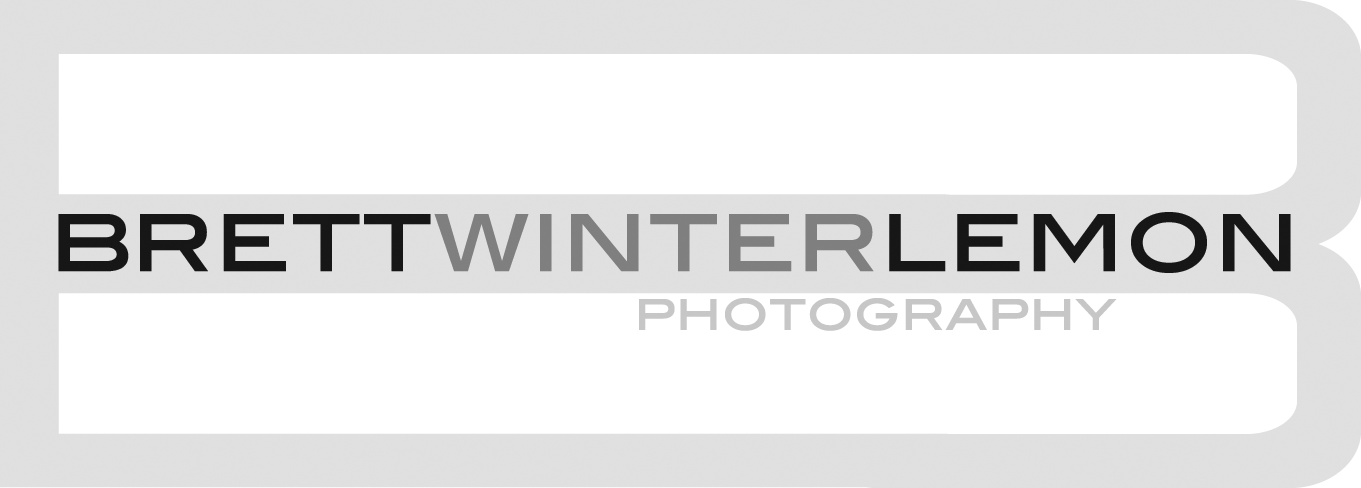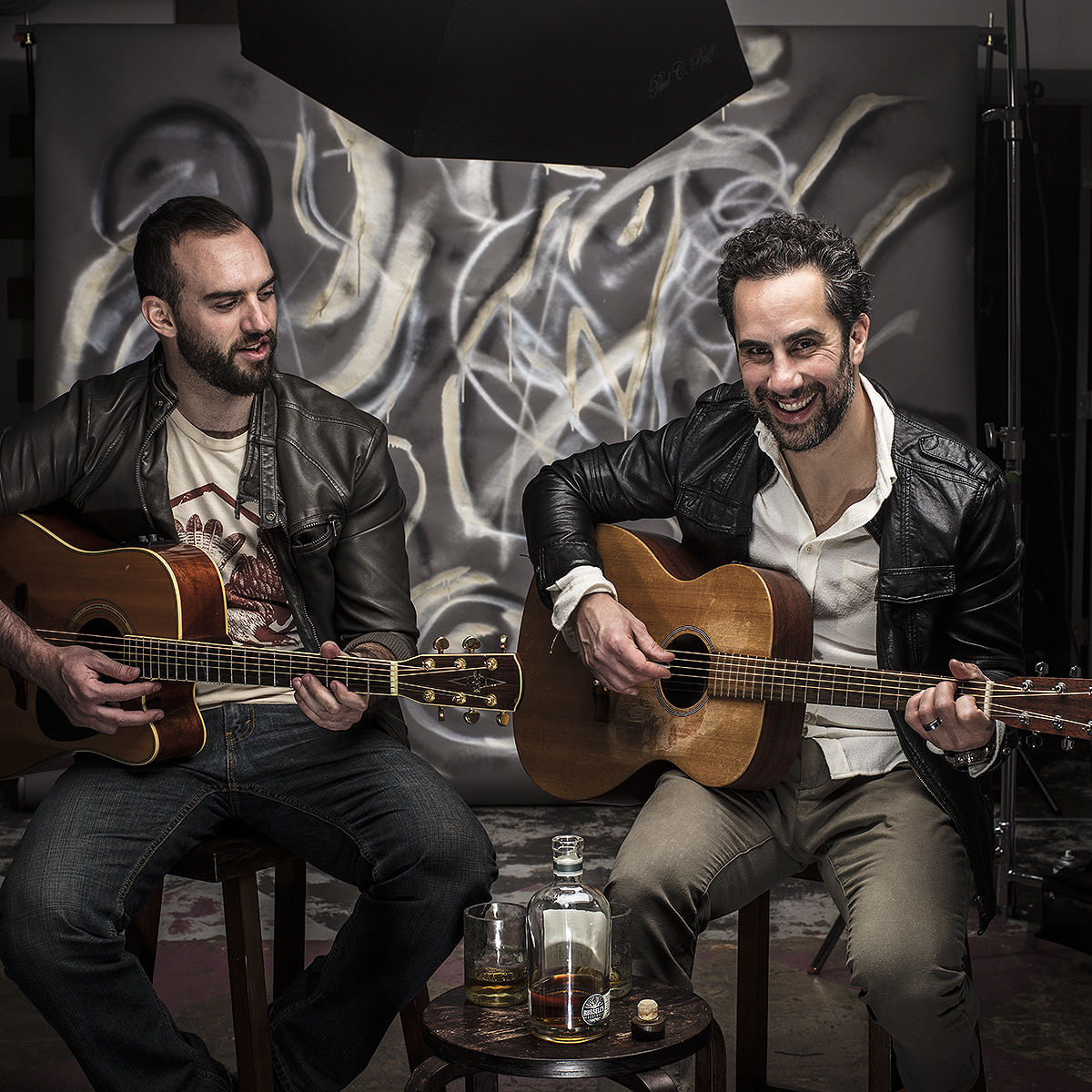Studio Portrait Photography
When Brett is not shooting portraits for clients at their offices or other alternative locations, he is using his studio in Roanoke, Virginia. Having your own studio is helpful to create a professional central location to take portraits for your clients. There are many different ways you can set up studio lighting. Different set ups have different benefits such as making faces appear thiner or creating more dramatic images with contrasting lights and shadows. Although you can get into the many complexities of studio portraits such as camera angles, styles and lighting patterns, and lighting ratio, it is helpful to start off with a basic set up. Your goal should be to expose your subject well and have a clean light coverage. For a basic set up, you will need a quality background and some simple lights.
Setting up the Background
Brett often uses two stands connected by a crossbar for the frame of his backdrop. On the crossbar, he uses long rolls of neutral colored paper that drape behind his subject in the background. If you aren’t able to use a stand and crossbar, you can tape or hang the background in your studio or use a neutral colored wall. When setting up a backdrop, elevate it so that it is taller than your subject. Around ceiling height or so is a safe height. When picking out paper for a backdrop, stick with neutrals for basic portraits, especially corporate portraits that need a more professional feel. A gray roll of paper between 5 and 9 feet is ideal for most portraits or groups of people. If your paper starts to roll up or the frame is unsteady, use clamps and sandbags or whatever is available to you to secure down the edges of your paper and weigh down the frame so it doesn’t move.
Lighting the Studio
As a basic lighting set up, I personally like to use one or two soft boxes facing towards the backdrop. The important thing to remember is to light the background and your subjects with the same equal amount of light. Distancing your light set up from the subject a little bit will help decrease the shadows in the background. Another thing to keep in mind is to light your subjects evenly. If you have more than one person in your picture, it is important to keep your light well distributed.
When figuring out where to position your lights, you can mimic a variety of different unique styles of lighting patterns. Lighting patterns are how lights and shadows can create different shapes on a subject’s face. Split lighting for instance casts one side of the face in light and one side in shadow. Most of the time, this can be used for more dramatic images. Butterfly lighting is when you have a small shadow under your subject’s nose, whereas loop lighting casts an angled shadow of the subject’s nose on their cheeks. Other types involve Rembrandt, Broad, or Short lighting. Different patterns will flatter different face types and convey different moods in your image. Recognizing the patterns and knowing how to use them is an acquired skill, but over time, you will learn how to effective use lighting patterns.
Practice Before the Real Shoot
Especially if you are attempting new lighting patterns or setups for your studio, practice before hand so you are comfortable with the process. If you have a friend who can spare some time for a mock photo shoot, practice different lighting patterns and look for the shapes on their face. It is probably best to use constant light, such as window light, standing lamps, or even outdoor natural light somewhere around Raleigh, Roanoke, or from wherever you are located, so you can see the patterns of light changing as you shift light sources or reflectors. If you use flash, it is harder to adjust because you only see the light patterns after you have fired the shot. Setting up for a studio shoot is not hard, especially after you have practiced a few times and learned how to position the background, subject, and lights for effective studio space.


